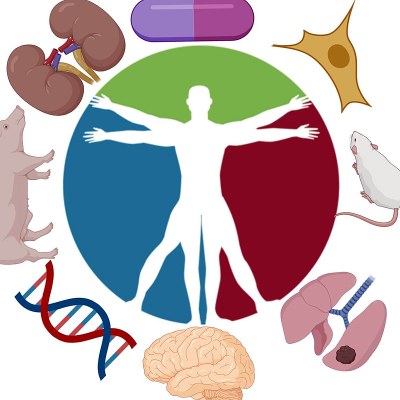ToTOL Research Group
Research | Publications | Our People | Contact | Donate to Help Us Beat Cancer!
Welcome to the Tumorigenesis and Therapeutic Outcomes Laboratory,
where we take a 'ToTOL' approach to cancer research!

Located in the UofL Health Brown Cancer Center at The University of LouisvilleSchool of Medicine, the lab is under the co-direction of Levi Beverly, Ph.D., associate professor of medicine and co-director, Experimental Therapeutics Program, and Leah Siskind, Ph.D., professor of pharmacology and toxicology and associate vice chair for graduate studies at UofL.
ToTOL Research Mission
The mission of the lab is to perform cutting-edge biomedical research that will increase cure rates of cancer patients while decreasing short- and long-term toxicities.
Research Focuses
 The Beverly Lab is interested in using models of human cancer to elucidate the mechanisms of tumor initiation, progression and regression following therapeutic intervention. To this end, we have adopted a philosophy of combining pre-clinical models with biochemistry, molecular biology and cultured human cells to dissect signaling pathways and cellular processes involved in all aspects of cancer biology. Using information gathered from these experiments, we proceed back into our model systems to determine how our understanding of the disease initiation, progression or treatment response has advanced.
The Beverly Lab is interested in using models of human cancer to elucidate the mechanisms of tumor initiation, progression and regression following therapeutic intervention. To this end, we have adopted a philosophy of combining pre-clinical models with biochemistry, molecular biology and cultured human cells to dissect signaling pathways and cellular processes involved in all aspects of cancer biology. Using information gathered from these experiments, we proceed back into our model systems to determine how our understanding of the disease initiation, progression or treatment response has advanced.
The Siskind Lab focuses on a family of bioactive lipids called sphingolipids that regulate processes fundamental to cancer initiation and progression. There is a balance between pro-death and pro-survival members of the sphingolipid family. Sphingolipid metabolism becomes unbalanced to favor cell survival in cancer cells and our data suggests that cancer cells rely on specific sphingolipids for their survival. We aim to target this weakness of cancer cells to design better combinatorial cancer treatments. To this end, we combine our expertise at the biophysical, molecular, cellular, and animal level with the goal of translating our findings to the clinic.

